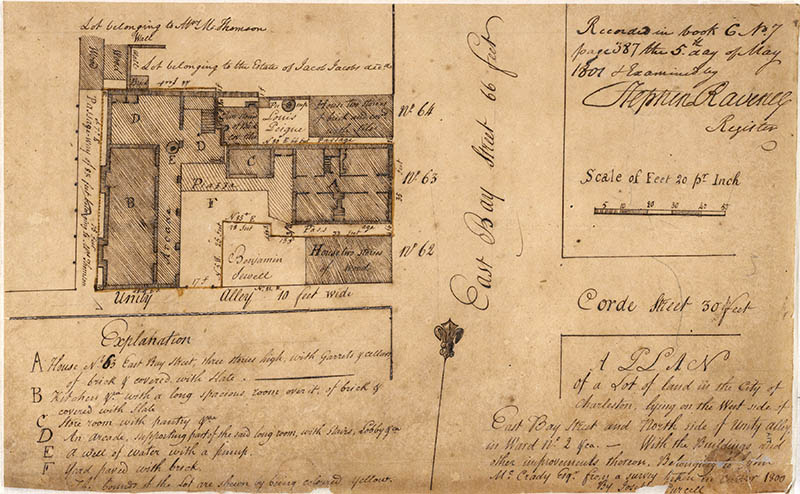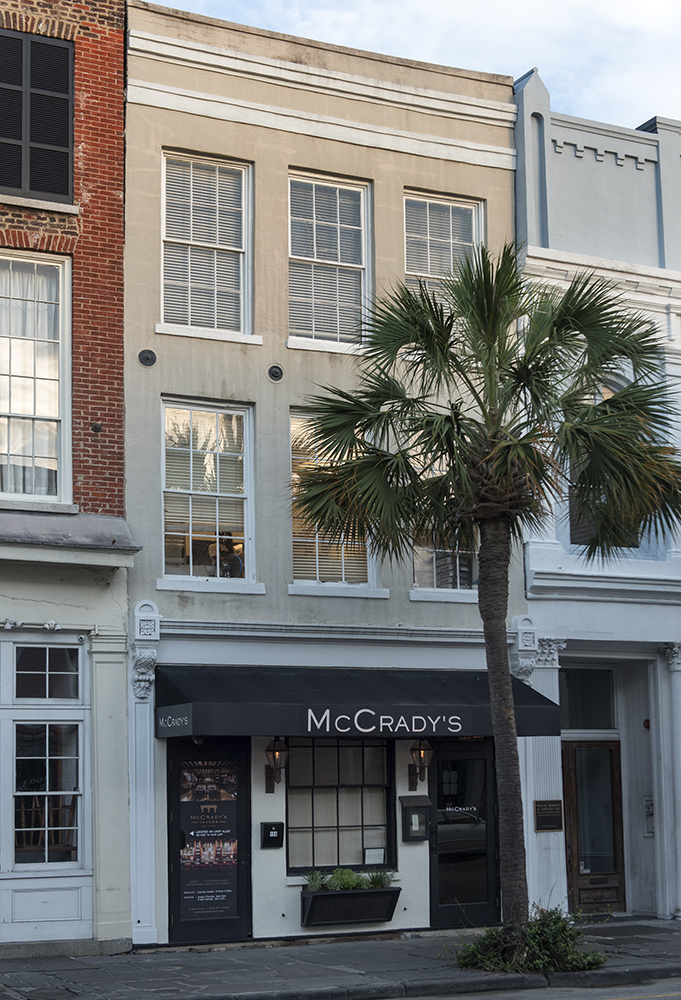Israel Myers
Scholar and kosher butcher
Israel Myers was a learned member of Charleston’s Jewish community during the late eighteenth century, but little is known about him. He first appeared in city directories between 1790 and 1796 as a tradesman and/or resident of Union Street (today’s State Street between Queen and Market streets). In 1794, he was listed as a “Jew butcher,” and by 1802 he held a federal job, as an inspector in Charleston’s Customs House.
These fragments from the historical record do not reflect Myers’s status within his synagogue or Charleston’s fraternal life. His familiarity with Jewish law was acknowledged in 1788, when as “learned men,” he and Israel DeLieben were appointed to form an ecclesiastical court led by Abraham Azuby, hazan A cantor or prayer leader in a synagogue. During the eighteenth and nineteenth centuries, when there were few ordained rabbis in the United States, congregations often were led by hazanim, who were commonly referred to as “Reverend.” of Kahal Kadosh Beth Elohim, to review Mordecai Lyon’s petition for divorce. He was also an officer of South Carolina’s Grand Lodge of Ancient York Masons, which met at McCrady’s Long Room. From at least 1788 until 1802, he served as Grand Tiler of the Grand Lodge, whose duty was to grant admittance to a lodge meeting only to properly initiated Masons — a role that required discretion and diplomatic skills.

Plat showing McCrady’s Long Room
Meeting place for the Grand Lodge of Ancient York Masons. Charleston County RMC, McCrady Plat Collection, #3387.